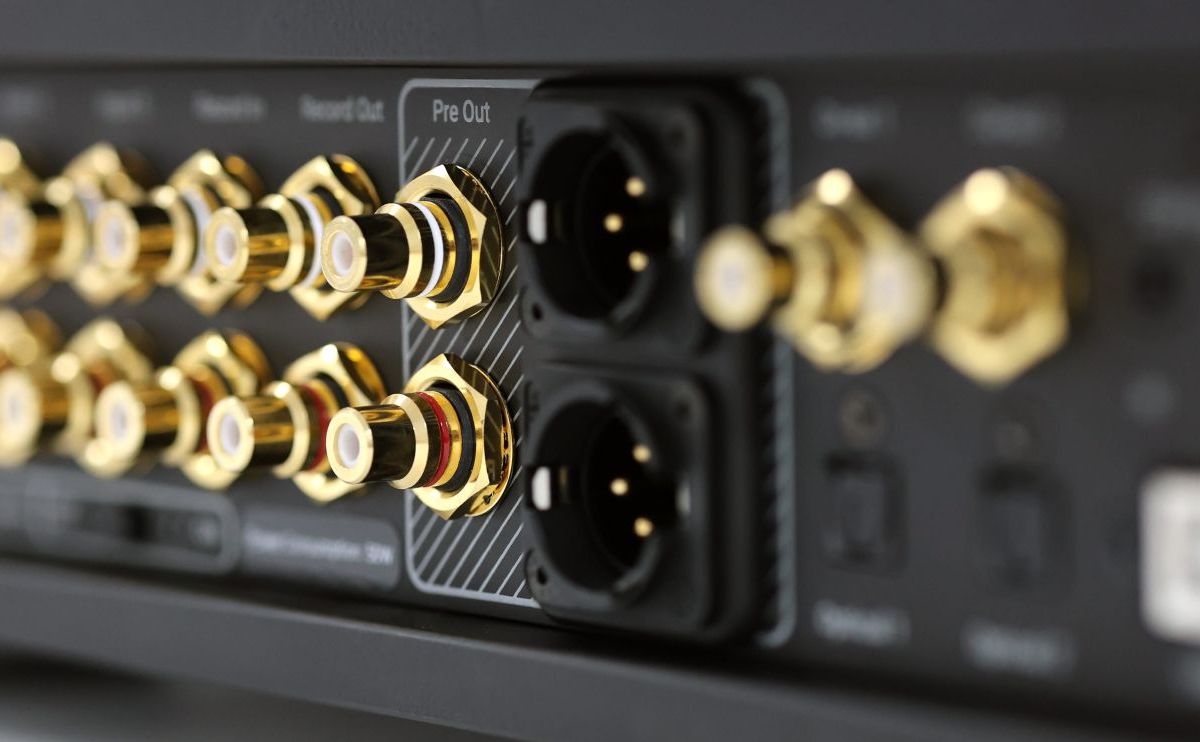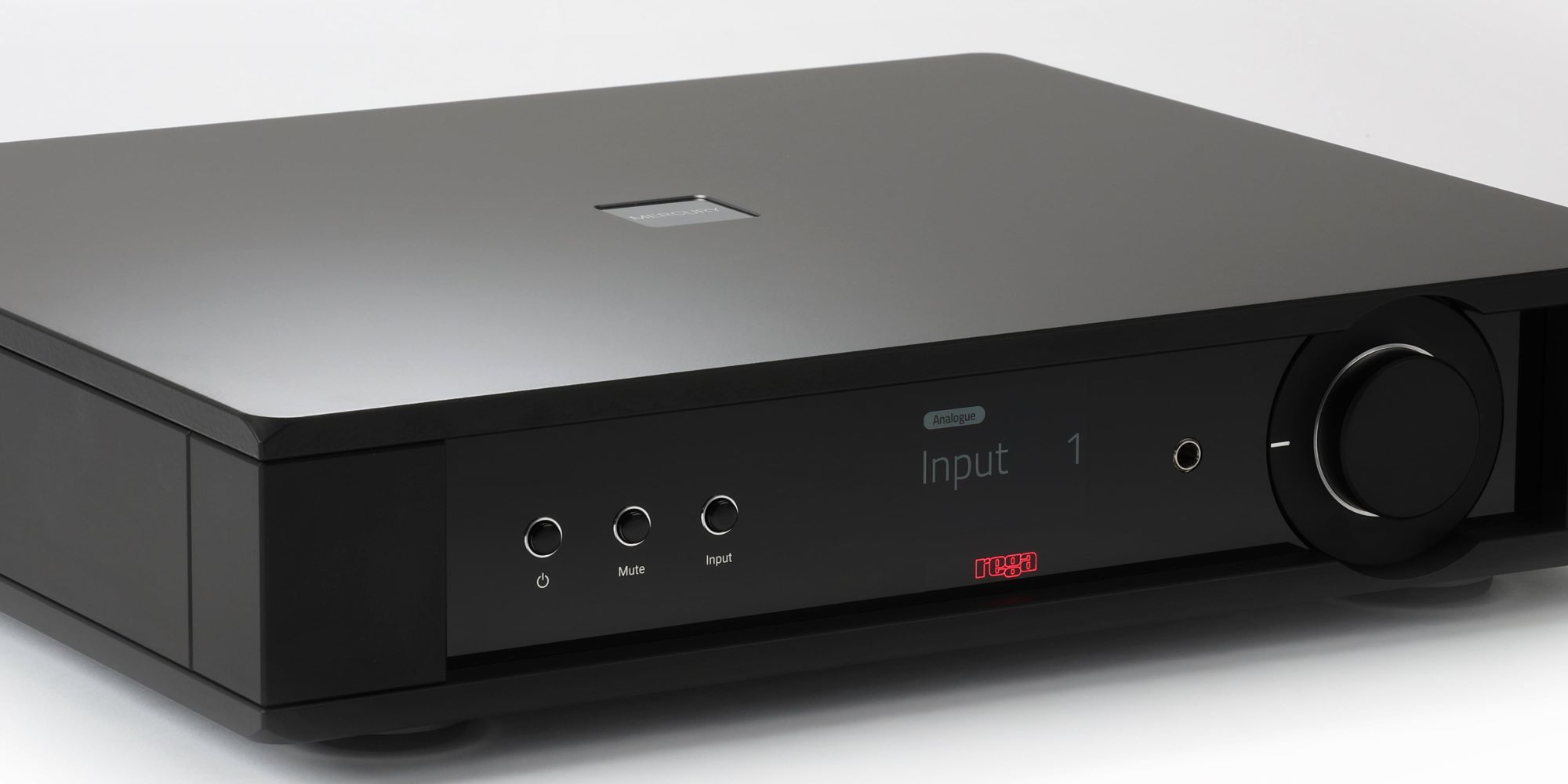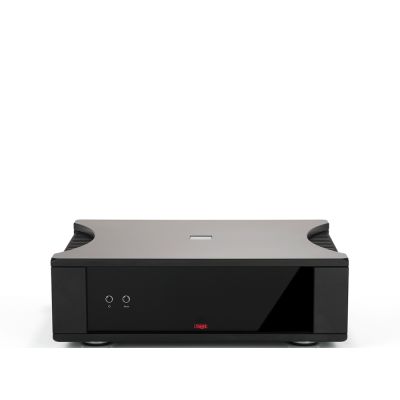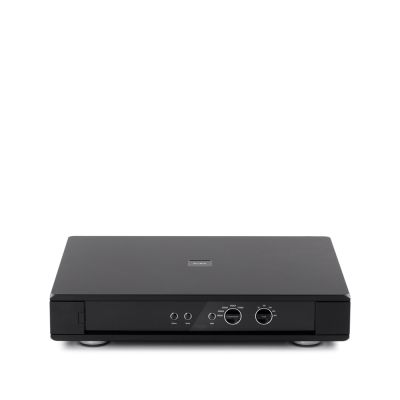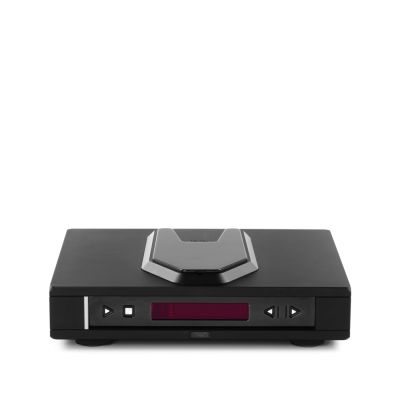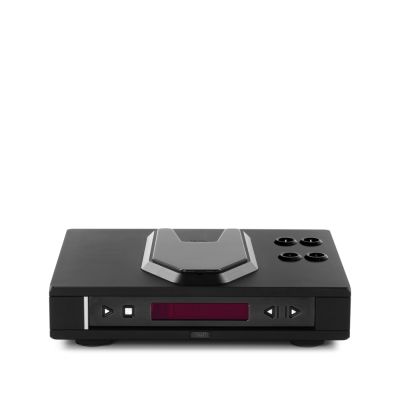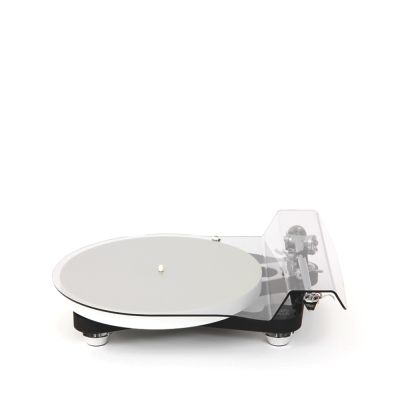MercuryRef new
The main development objective for the Mercury was to create a no compromise audio pre-amplifier. The Mercury is hand crafted to reveal the true potential of your hi-fi system thanks to an ultra-low noise floor which delivers exceptional dynamic range. The Mercury pre-amplifier, like the Solis, is the culmination of almost four decades of Rega electronics engineering experience in solid-state amplifier development.

The art of silence
Capturing the detail in a quiet performance is key to delivering an engaging sound. A well-engineered “clean” pre-amplifier preserves all those subtle details instead of masking them with unwanted noise. This fully featured reference pre-amplifier offers great flexibility and usability with the convenience of a high-performance DAC, discrete headphone amplifier, and a full colour IPS display.
Key Features
- Fully discrete symmetrical circuitry in the core signal path
- High performance DAC with S/PDIF and USB inputs
- Galvanically isolated asynchronous USB input
- Discrete headphone amplifier
- Full colour IPS display
- Custom backlit Orbit remote control
- Standby mode
- Lifetime warranty against manufacture defects
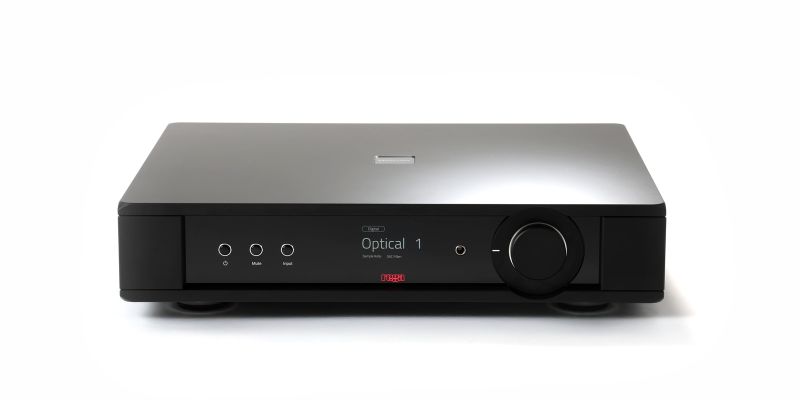
Product Details
-
Amplifier Circuit
Throughout the signal path, the Mercury uses a discrete, differentially driven, fully symmetrical, high linearity and bandwidth common base voltage amplifier. Each stage uses high current drive capability, complementary Class A output stage amplifiers. This form of symmetrical amplifier circuit topology will provide the necessary voltage and current drive to enable the Mercury to perform with the minimum of distortion. Critical amplification stages use Linear Systems ultra-low noise FET (Field Effect Transistor) transistors in the differential quad pair input stages. This is the same circuit topology as used in the second stage of the Aura MC amplifier.
The Mercury uses the Alps Blue Velvet RK27 volume control (as used in the Osiris amplifier), however, this is paired with symmetrical common base driver stage amplifiers. The main outputs are DC coupled to eliminate output coupling capacitors. These outputs are appropriately DC protected by the protection circuitry.Rega has taken circuit design leads from the Rega reference range and Saturn CD player’s post DAC analogue filter stages and implemented this topology using the symmetrical common base driver stage circuitry. This means the signal path from the analogue output of the DAC's ICs to the output of the pre-amplifier is entirely symmetrical.
-
Power supply
The Mercury uses a generously rated toroidal transformer feeding a linear power supply. The power supply is a discrete, symmetrical tracking power supply, using fast diodes and low noise voltage reference. Each stage has its own localised capacitance, multiplier power supply and LED referenced current generators for voltage references. To maximise headroom, the Mercury uses a higher-than-normal power supply voltage, which is 60% higher than normally found in such a pre-amplifier.
-
Signal Path
The pre-amplifier uses the Alps Blue Velvet RK27 volume control. The balanced inputs and outputs both use the symmetrical, common base, discrete driver circuitry. High-quality relays and Polypropylene/audio-grade capacitors are used throughout the signal path.
-
Headphone Amplifier
A great deal of care has been taken around the integration of the headphone circuit. The headphone amplifier operates like a mini-Solis power amplifier as it uses the same symmetrical common base driver stage circuitry. This has a high voltage and current drive capability enabling the headphone output to drive both low and high impedance headphones with ease.
-
Digital Input circuitry
The asynchronous USB input is galvanically isolated using its own dedicated power supply, with extensive re-clocking of both the PCM and DSD clocks and data which is recovered from the USB input. The USB input has two high stability oscillator modules providing low jitter clocks for both professional and domestic sample rates. The S/PDIF input uses a Wolfson digital interface receiver and PLL, recovering low jitter data and clocks from the incoming S/PDIF data. Careful attention has been paid to clock and data integrity in both PCM and DSD modes throughout the DAC input circuitry.
The recovered PCM and DSD data feeds two parallel connected Wolfson DACs which then in turn feed the post DAC symmetrical analogue filter and amplifier stages – as mentioned in the analogue amplifier circuitry section. The analogue amplifier/filter uses Linear Systems ultra-low noise FET (Field Effect Transistor) transistors in the differential pair input stage.
Wolfson DACs were chosen for their engineering and sonic capabilities. Although they are of a legacy nature, they still offer the best sonic performance. Wolfson were careful to balance both technical and sonic performance.
-
Protection
The Mercury has an extensive protection circuit, which monitors the DC output levels of the main and headphone output. This amplifier protection circuit works in conjunction with the supervisory circuit.
The Mercury uses microcontroller based slow start, standby and a power supply supervisory circuit to power-up the generously rated toroidal transformer from standby, thus keeping the in-rush current to a minimum. The supervisory circuit also controls the no-signal standby power down function to comply with current Eco requirements.
The front panel display uses a IPS LCD display with a linear DC adjustable backlight to eliminate noise. The slow start, power supply supervisory microcontroller, protection circuits and display have their own dedicated power supply isolating it from the audio, keeping the audio signal path as pure as possible. -
Volume Control
The Mercury uses the same Alps Blue Velvet RK27 based active volume control circuit topology as used in the Osiris amplifier; however, using the symmetrical common base driver stage amplifiers.
-
Balanced / Unbalanced
For normal domestic Hi-Fi, Rega recommends the use of unbalanced connections, for optimum sound quality. The Mercury and Solis core circuits are unbalanced. Because of this, additional circuitry is needed to create a balanced system. Although the balanced input and output circuits in the Mercury are very high performance, additional circuits will always add some inherent noise/distortion to the signal.
True balanced systems are widely used on professional audio equipment. This requires all parts of the amplification and cables to be running as a “balanced system”. Balanced connections are used where long cable runs are necessary, particularly in studio and PA applications. They help to cancel unwanted noise pickup in the long runs of cable. This noise rejection is why balanced circuits are used in professional equipment. Balanced circuits do not offer an intrinsic increase in sound quality over unbalanced circuits, as is sometimes perceived within the Hi-Fi Industry.
Another attractive aspect of balanced systems is they use the “XLR” style plugs. These are physically larger and can have a subjectively better insertion feel than standard Phono/RCA style plugs. This can often lead to perceived value and contact quality, where in practice, there is no objective improvement.
The vast majority of Hi-Fi equipment is an unbalanced topology (sometimes called single ended).
In most circumstances, balanced connections are inappropriate for domestic Hi-Fi equipment. The increased noise rejection is not necessary and does not outweigh the drawbacks of additional circuit complexity. On expensive equipment, balanced connections are sometimes provided for use in recording studios or to satisfy the perception that balanced connections are better. Rega knows that some of its products are used in the studio arena, so we have added balanced XLR connections, implementing additional circuitry.
-
History and Innovation
Mercury is the smallest planet in our solar system. The Rega Mercury by contrast, is the largest (by component count) and most complex electronic product Rega has ever created. The origin of this circuit extends as far back as the first Rega Elicit amplifier circa 1990. The Mercury is housed in a custom-designed, Rega CNC machined, aluminium case offering unrivalled performance, build quality and styling.
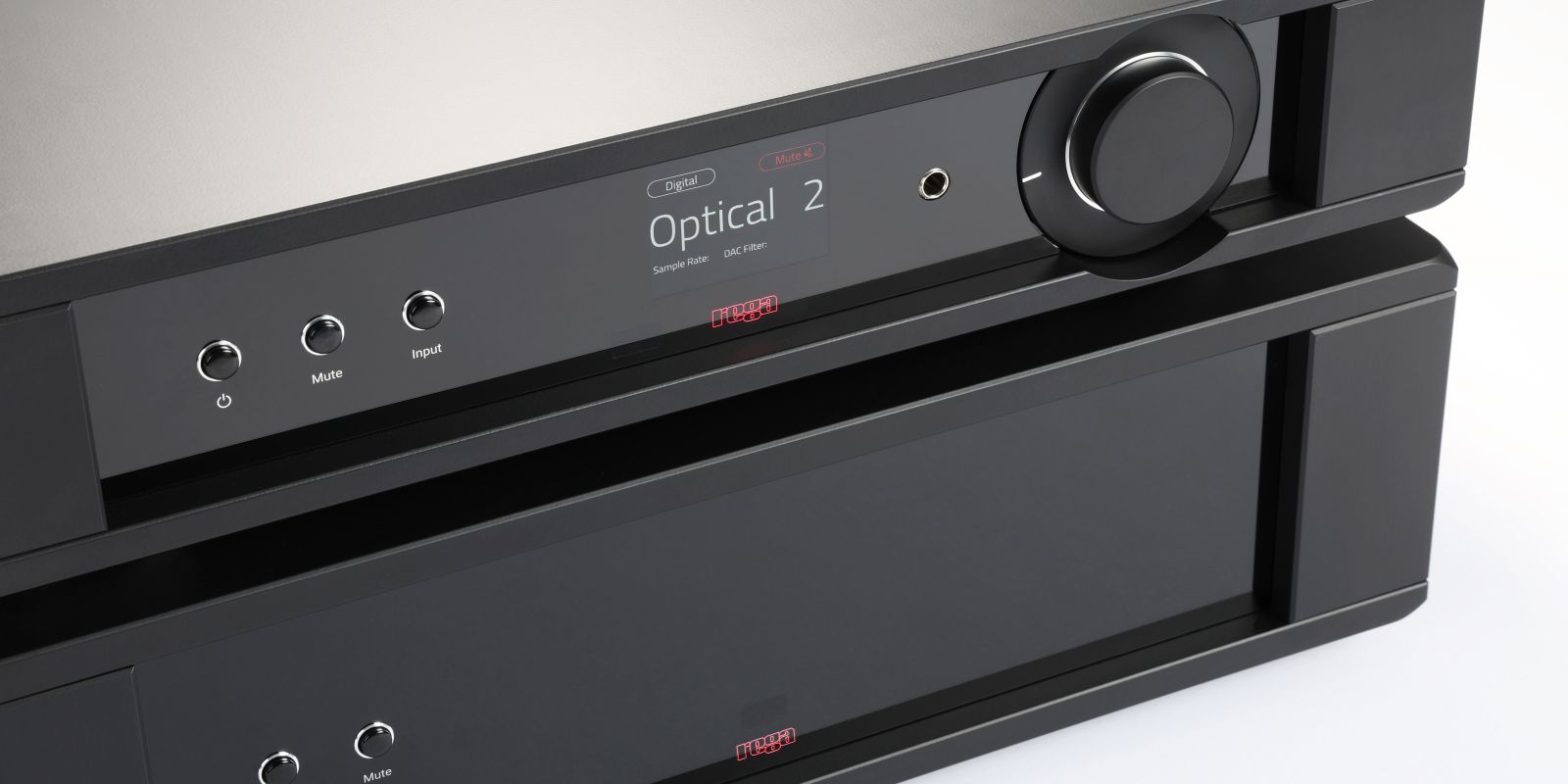
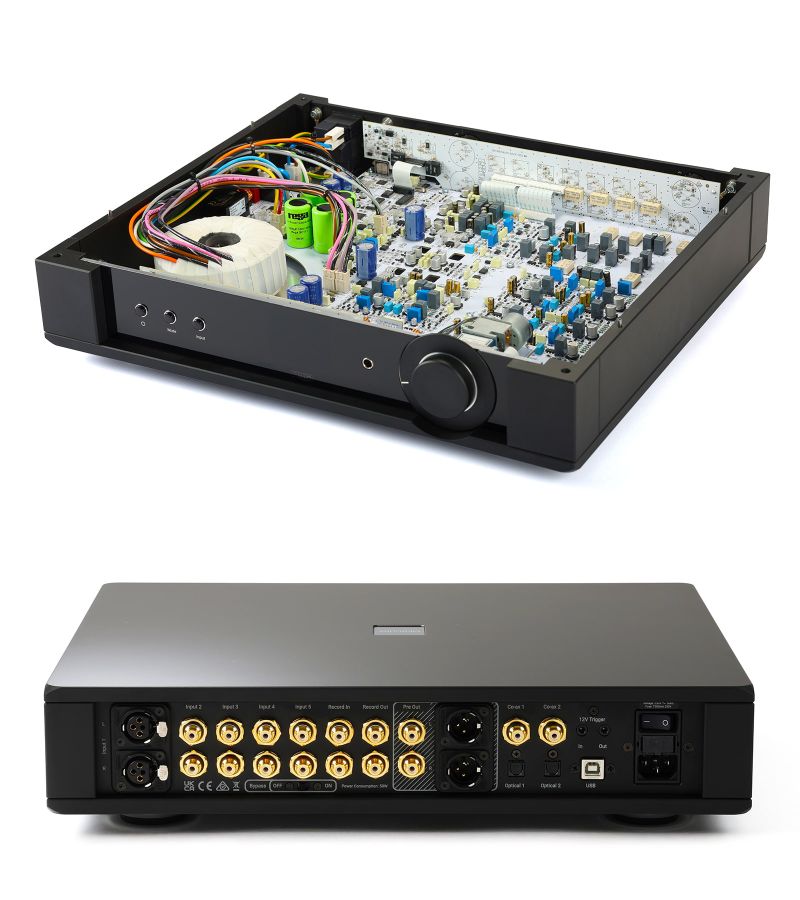
Technical Specifications
- INPUT - S/PDIF Co-ax and Optical
16-24 bit @ 32/44.1/48/88.2/96/176.4/192kHz
- INPUT - USB
16-32 bit @ 44.1/48/88.2/96/176.4/192kHz PCM or DSD64 (DoP), Asynchronous, Power Consumption 0W (<0.5mA)
- PRE-AMP - THD+N
Typically 0.001% @ 1kHz 2V Unbalanced or 4V Balanced 0dB gain
- PRE-AMP - Frequency Response
8Hz (-0.5dB point) to 28kHz (-0.5dB point) at 0dB gain Balanced Input/ Output
- DAC - THD+N
Typically 0.0045% @ 1kHz 0dBFS 2V Pre Out
- HEADPHONE AMP - Max Level 33Ω
9V / 2.5W @ 0.1% THD+N (230V/120V)
- HEADPHONE AMP - Max Level 240Ω
10.85V / 0.5W @ 0.1% THD+N (230V/120V)
- HEADPHONE AMP - THD+N
Typically 0.0035% @ 1kHz 2V into 240Ω or 33Ω
- Power Consumption
50W
- Power Consumption (Standby)
0.4W (activated automatically if no signal present after 20 minutes)
- Dimensions W x H x D
435 x 97 x 380mm (17 x 3.8 x 15in)
- Weight
14kg (31lbs)
For full technical specifications, download Mercury - User Manual EN - Ver 2 below.
Downloads
- Mercury - User Manual EN - Ver 2 1.49MB pdf
- Mercury - User Manual FR - Ver 2 1.52MB pdf
Environmental Labelling of Packaging
- Mercury environmental packaging data 66KB pdf
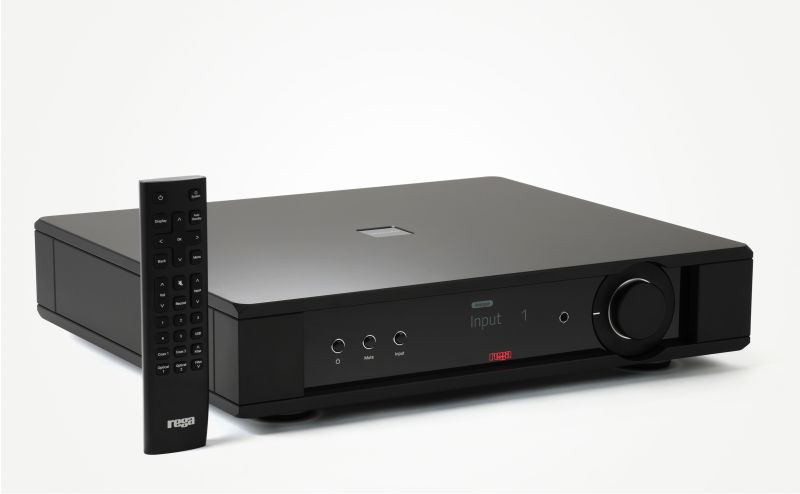
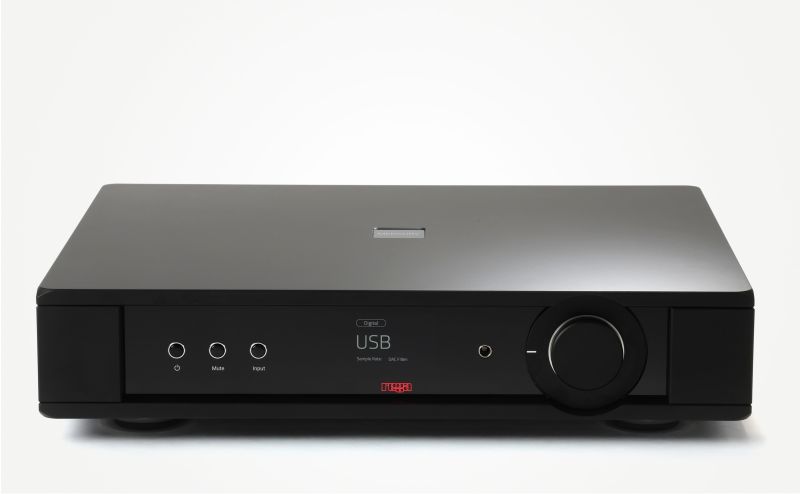
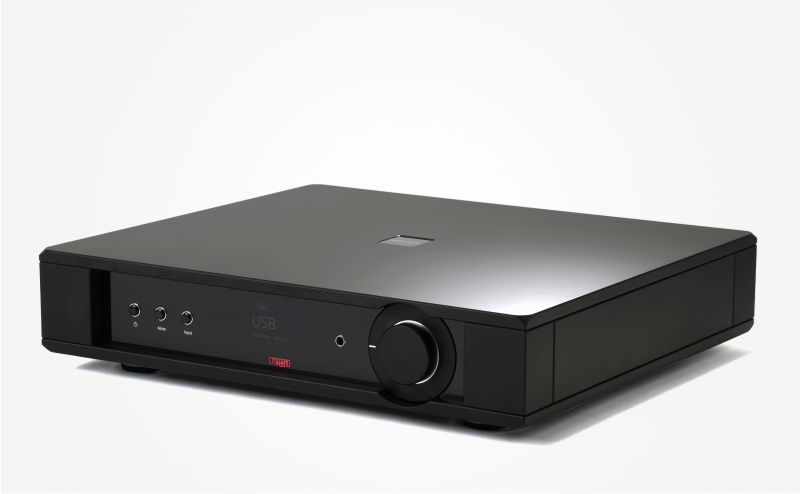
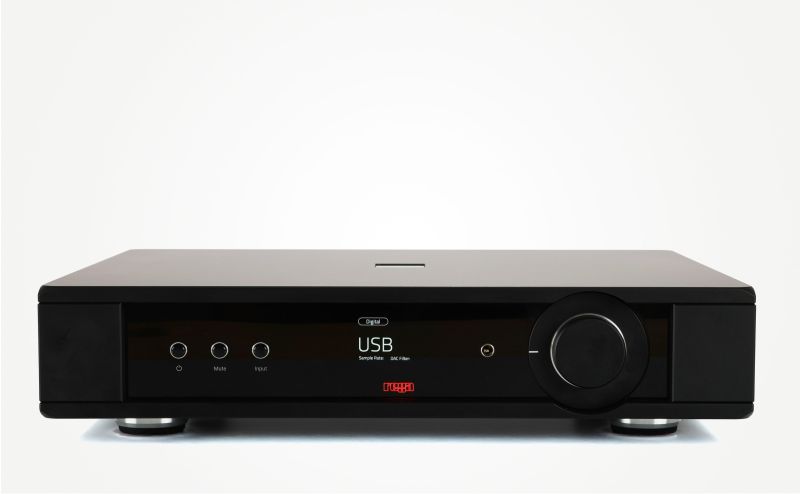

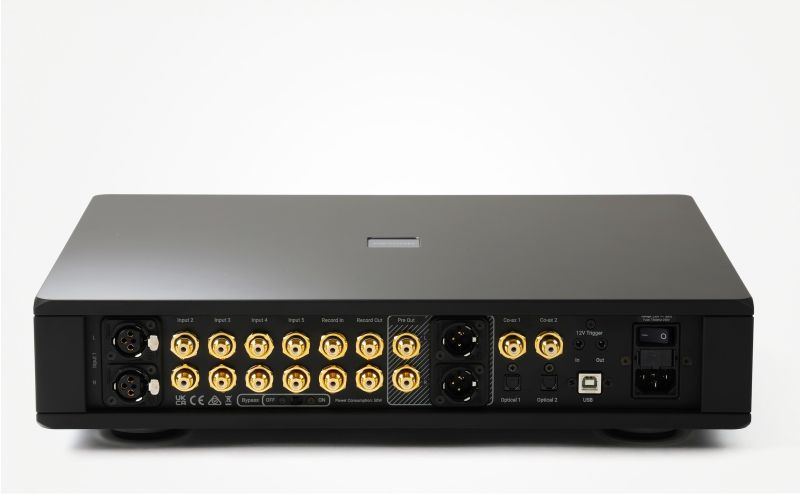
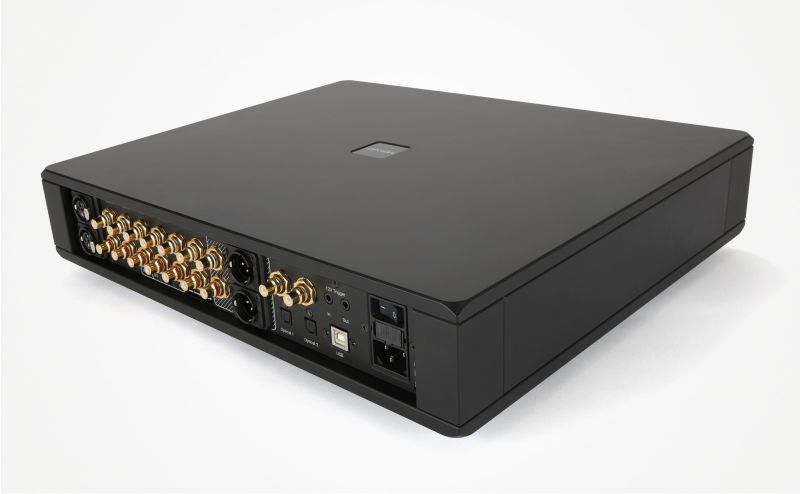

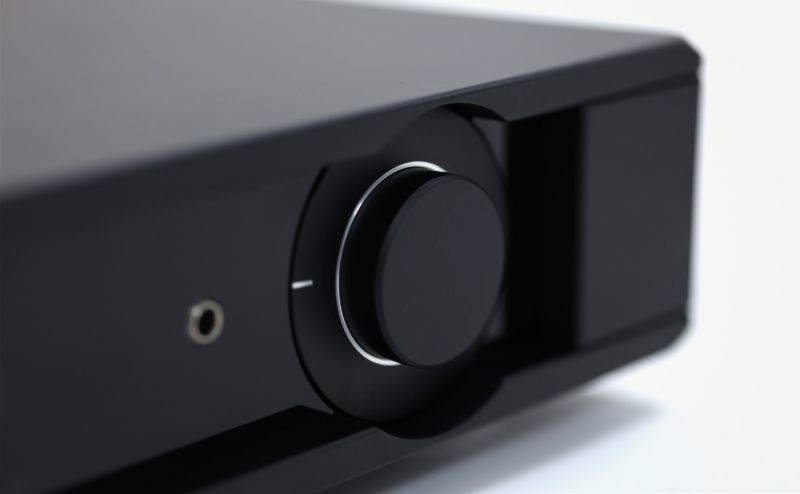

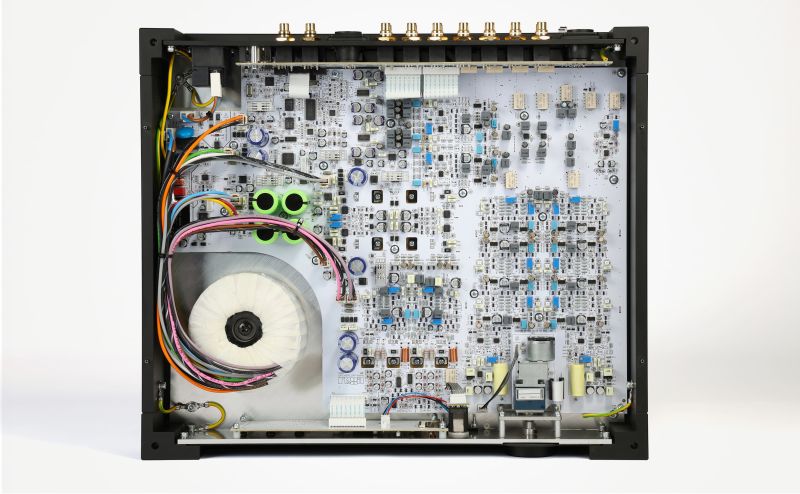
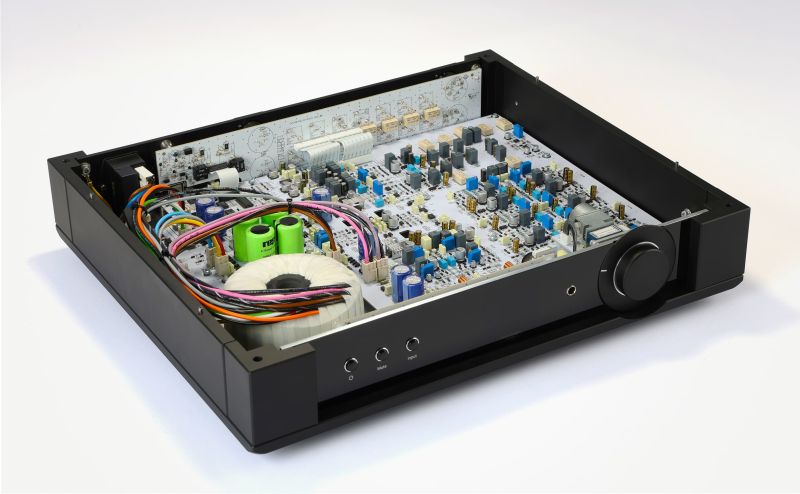
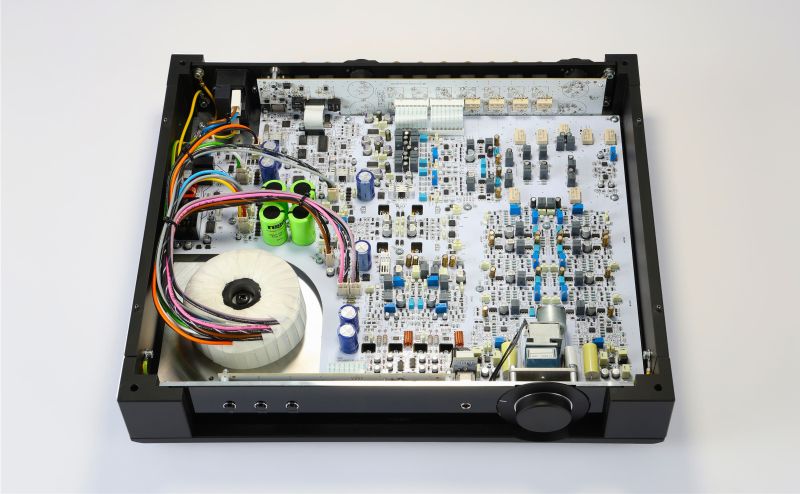
The soundstage was wide and deep. I wasn’t sure I’d ever heard a more transparent picture or a greater sense of kinetic aliveness than I did through the Rega pair. The experience felt unusually physical

Experience Rega
Contact your nearest Rega dealer or global distributor
Lifetime Limited Warranty
All Rega products carry a Lifetime Limited Warranty.
Every product we make is designed and assembled in the UK to the highest possible standard. This warranty covers confirmed manufacturing defects. This warranty does not cover wear and tear, or parts that are considered consumable. Any unauthorised modifications or failure to follow the Rega recommended guidelines in the product manual may invalidate the warranty. Due to local laws, warranties may vary by country in which units are sold. Please contact your Rega retailer or distributor for warranty details. Your statutory rights are not affected.


